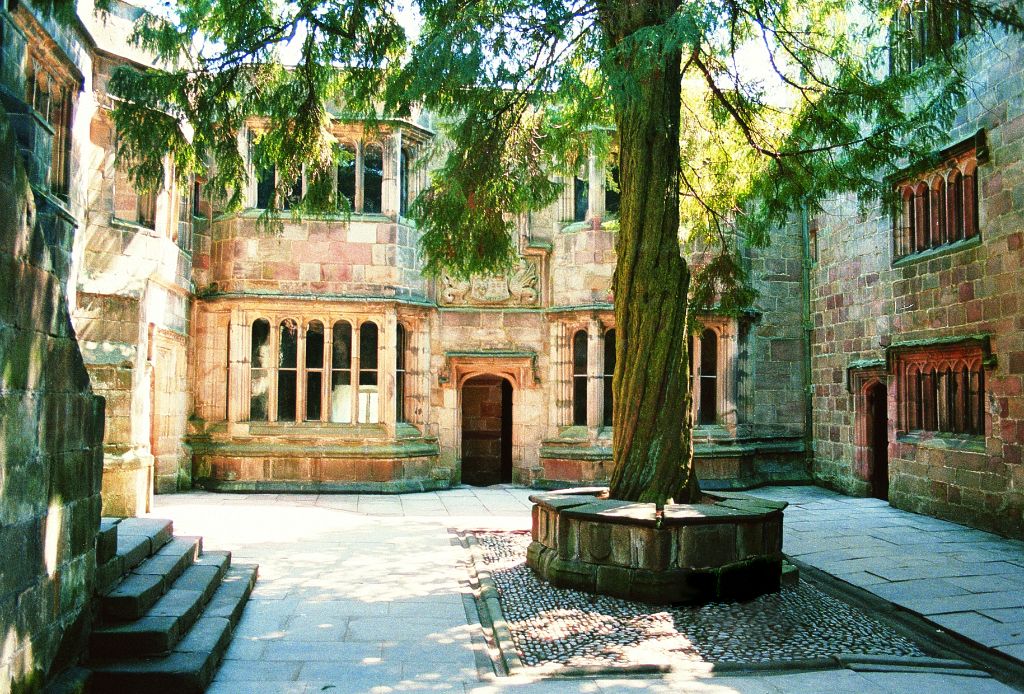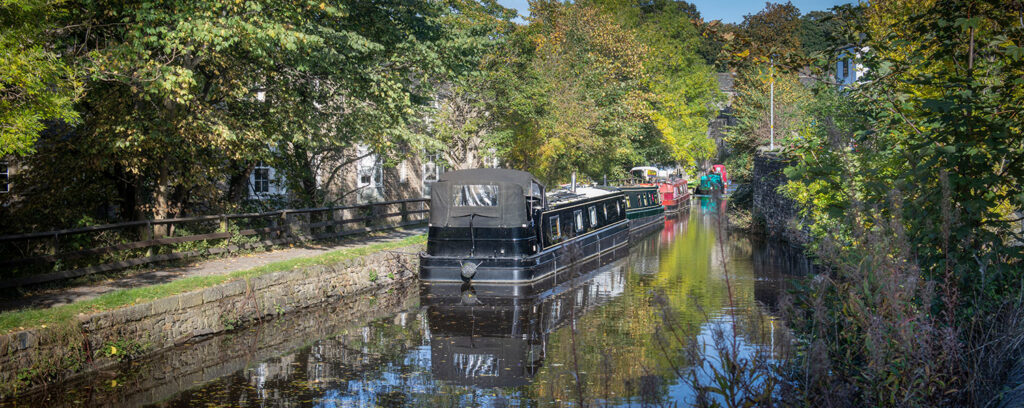History & Heritage
- Home
- History & Heritage
Skipton is derived from the Anglo Saxon words ‘sceap’ (sheep) and ‘tun’ (town) and is recorded in the Doomesday Book as Scepeton and has been the economic centre for the Craven and Southern Dales from this time.
The strategic location of the castle enabled the town to grow in importance and in 1204 a Charter was granted allowing a weekly market trading in sheep and woollen goods.
Even today, nine centuries later, a market continues to be held on the High Street.
During the English Civil War, a royalist garrison was situated at Skipton Castle under the command of Sir John Mallory. It was the last remaining royalist stronghold in Northern England until its honourable surrender on 20th December 1645 after a three year siege.


With the advent of the Industrial Revolution the economy of Skipton boomed as the town benefitted from the construction of the Leeds-Liverpool canal.
The canal was Britain’s longest inland waterway (127 miles) was opened in 1816 after taking 46 years to build. The first part to open was the lock-free section from Skipton to Bingley, in 1773.
The canal carried stone, coal, wool, cotton, limestone, grain, and other goods throughout the 19th century and is now a busy hub for leisure cruising.
